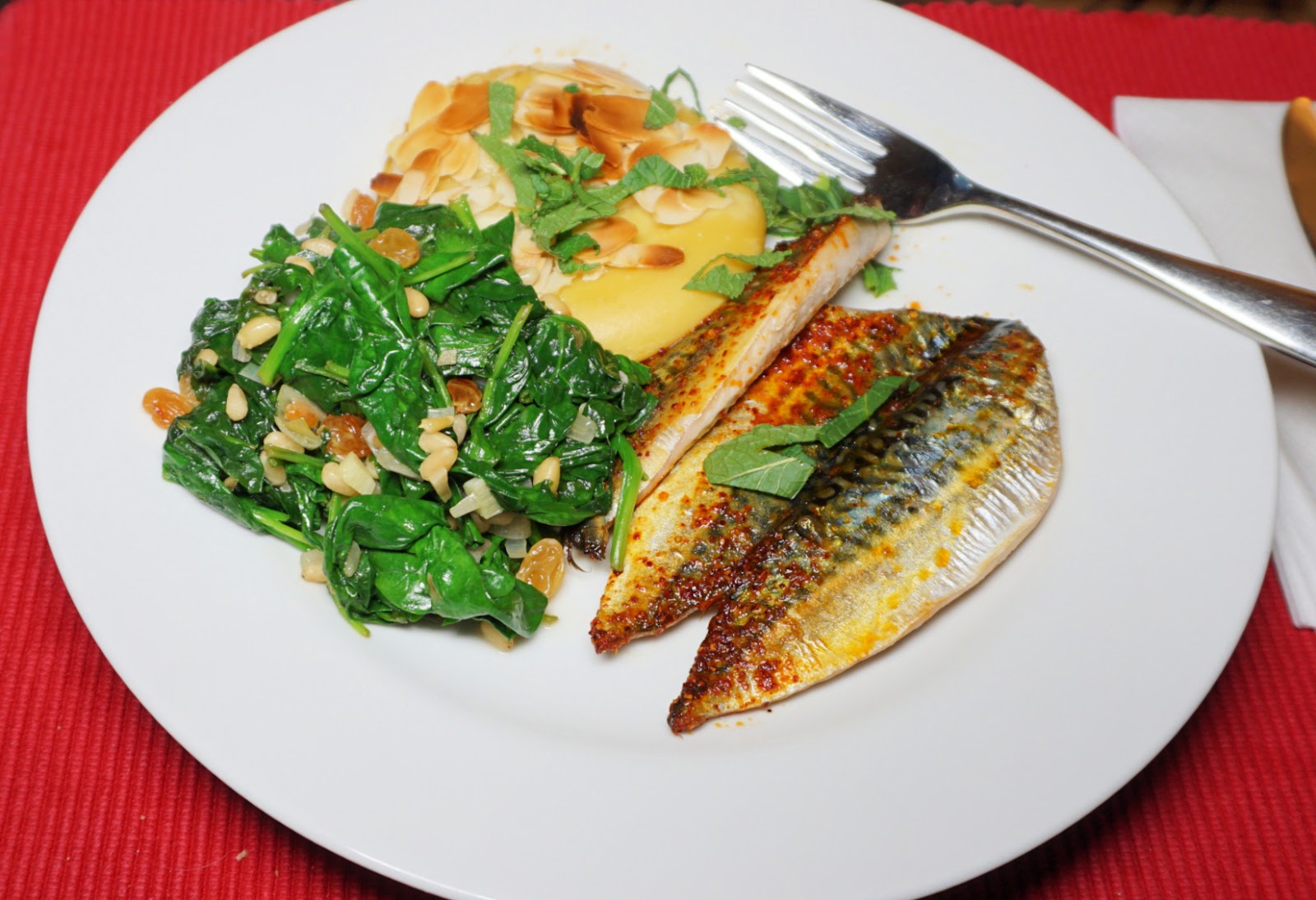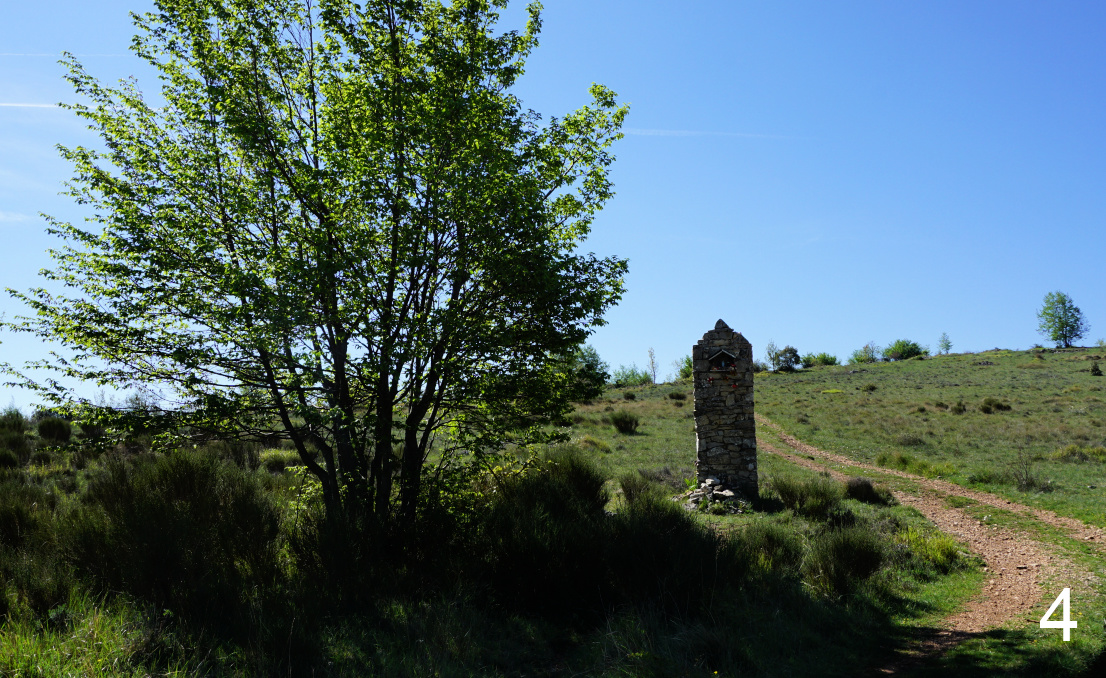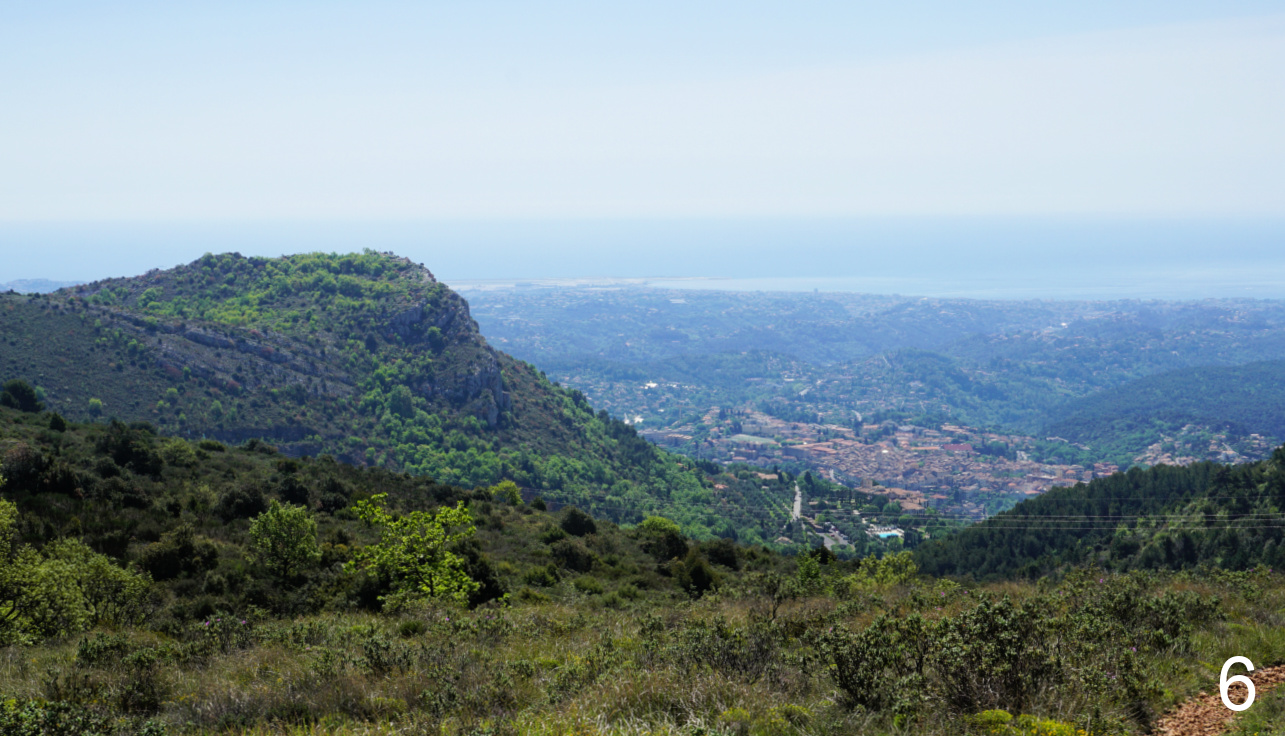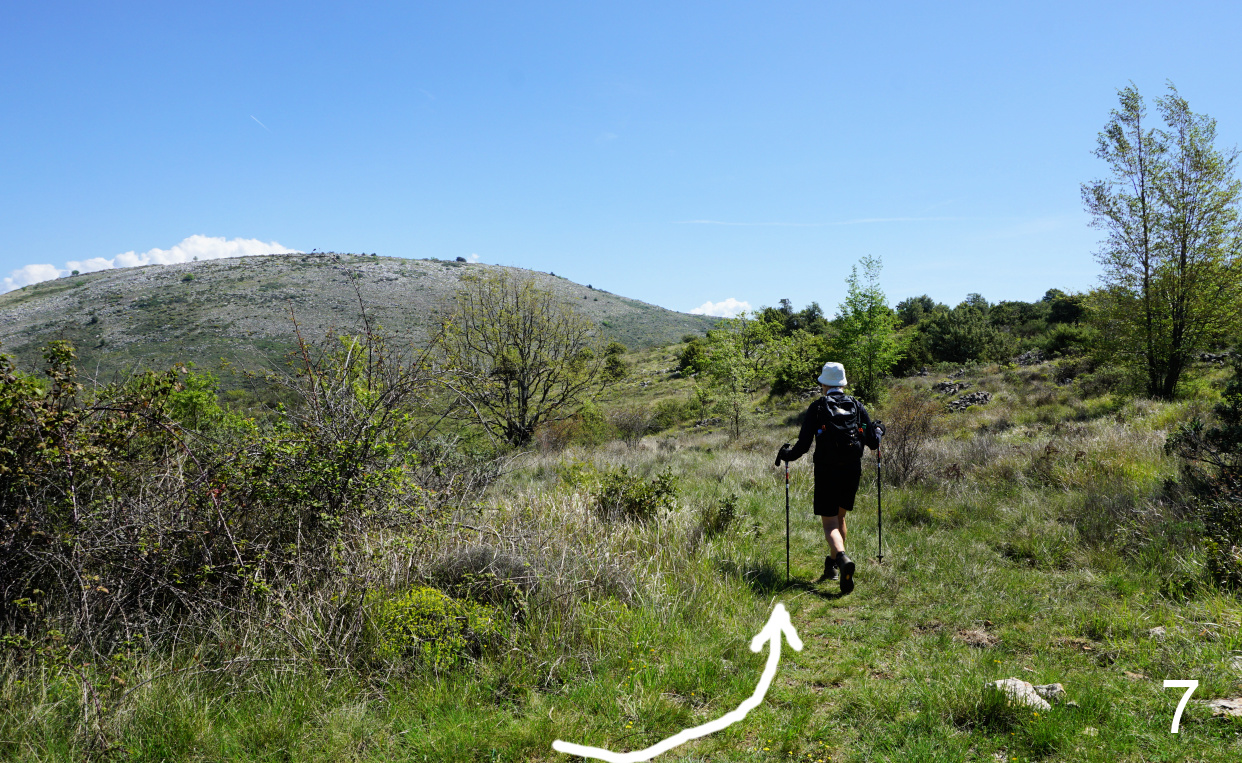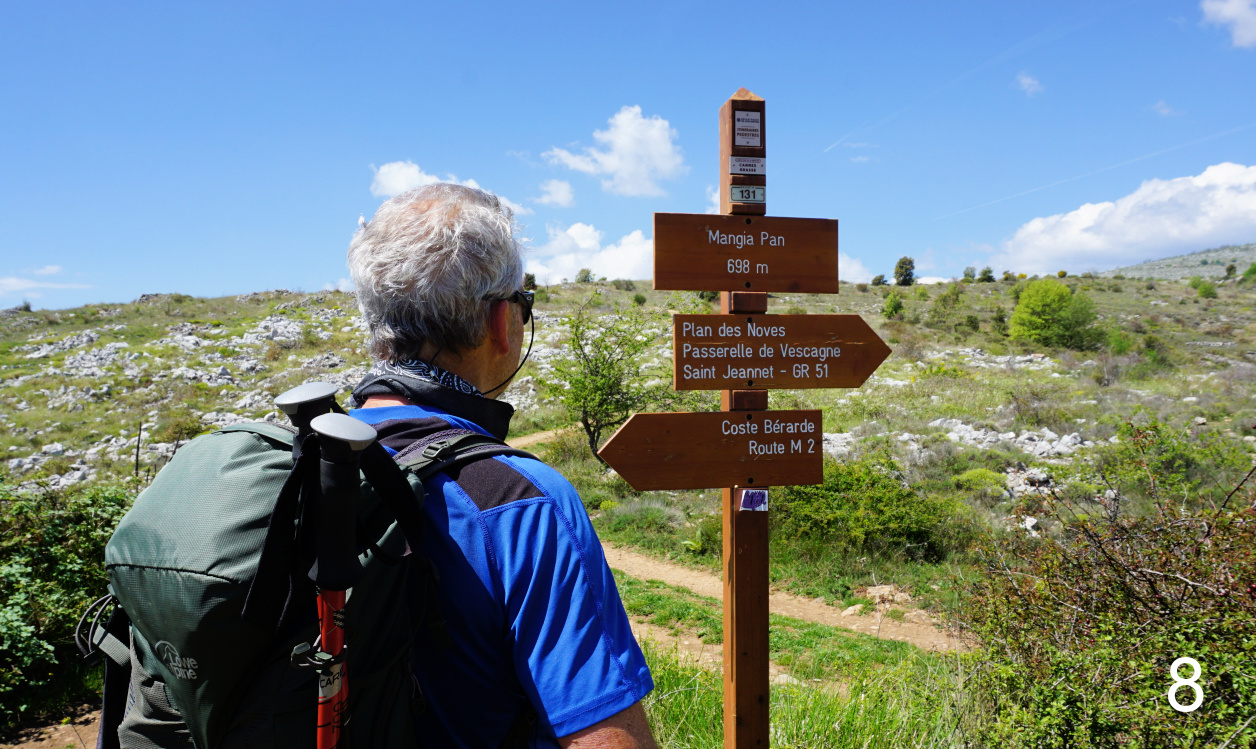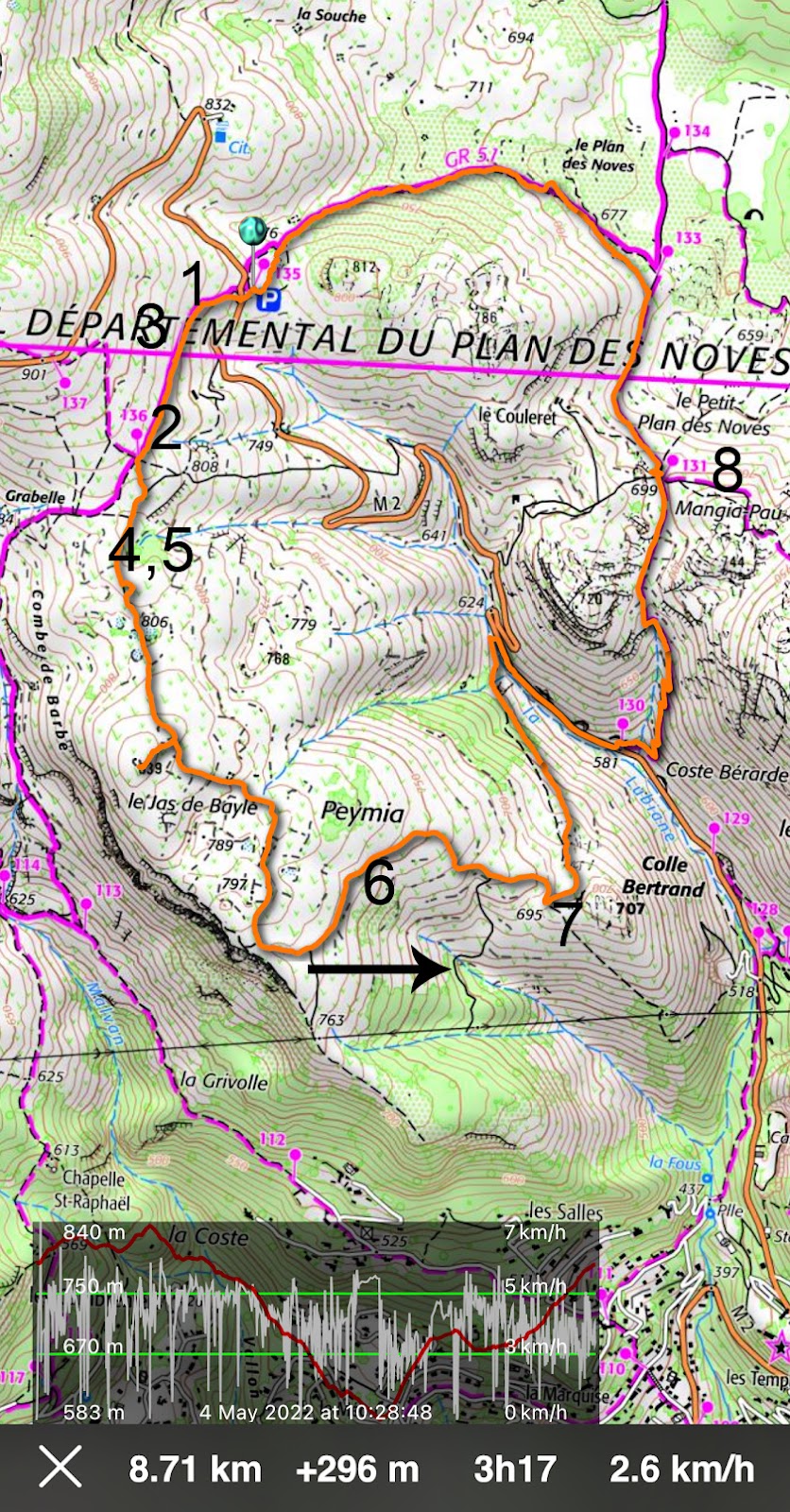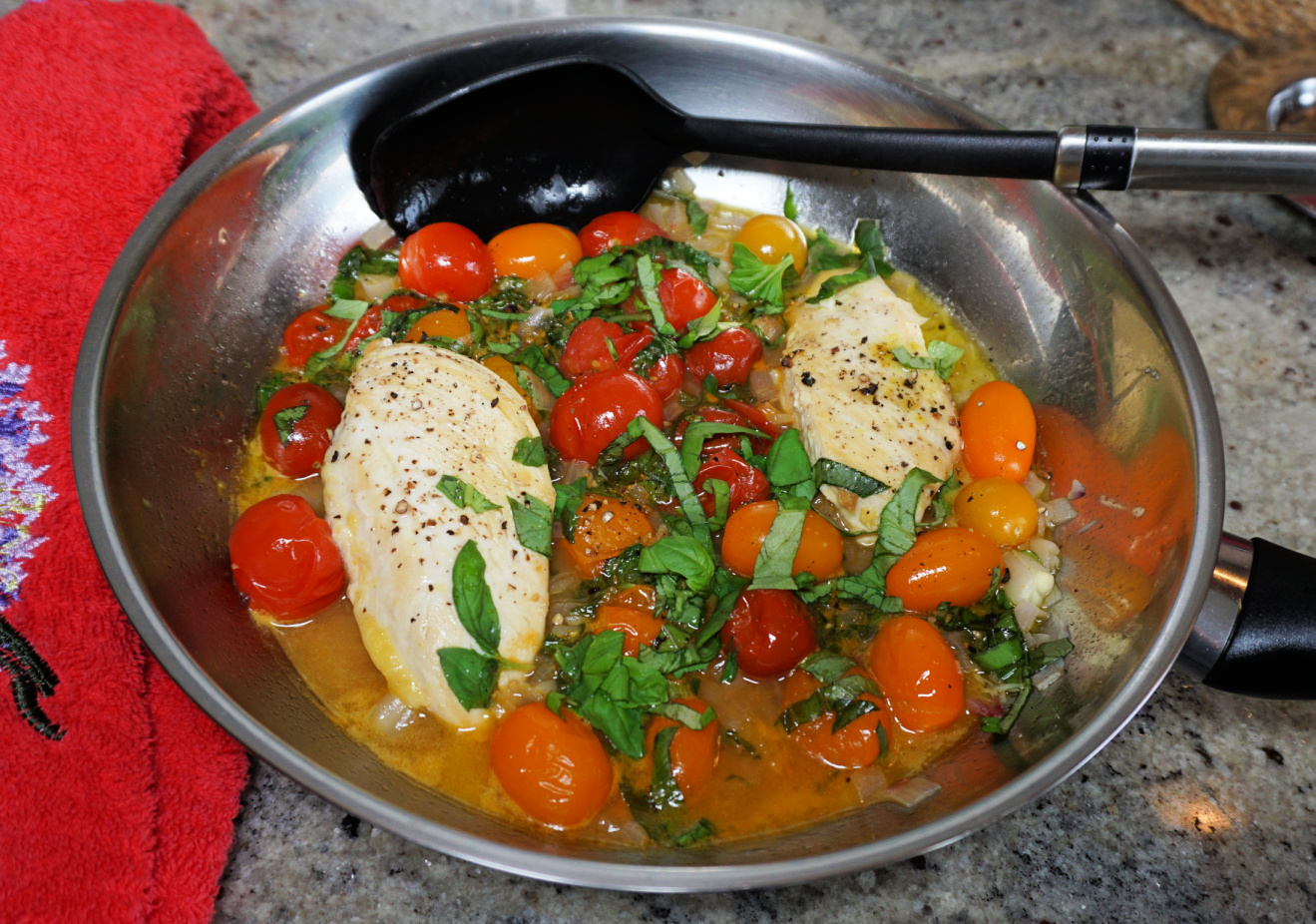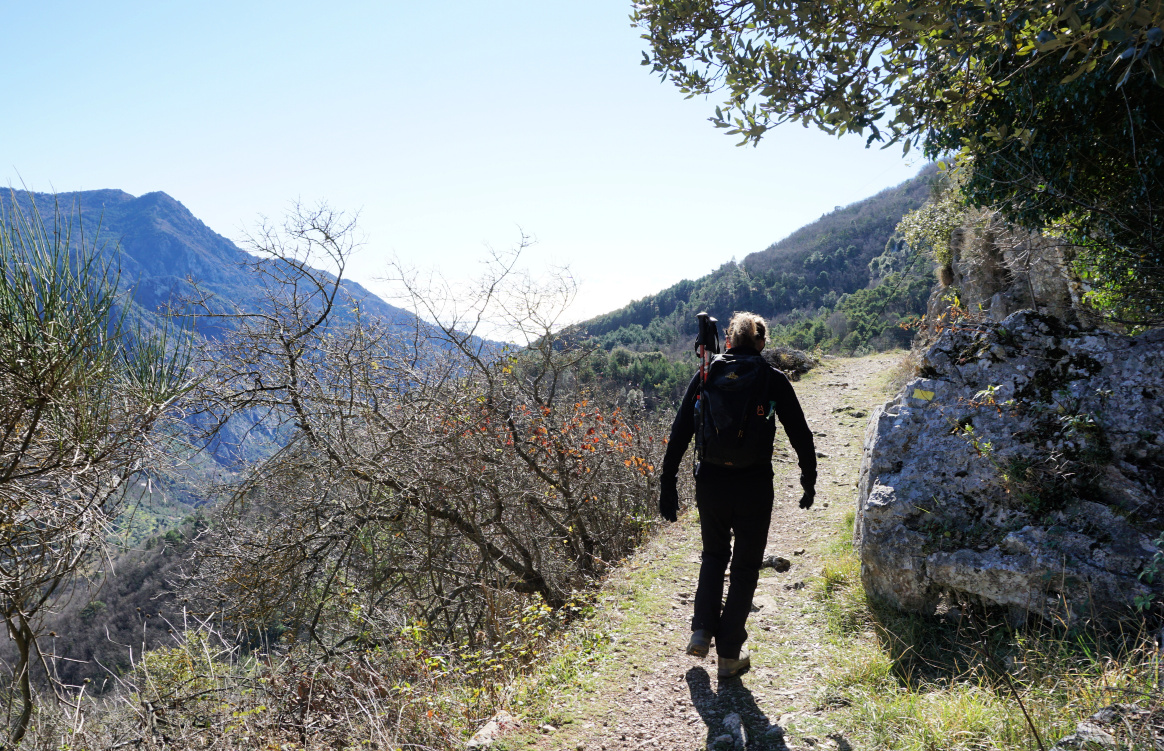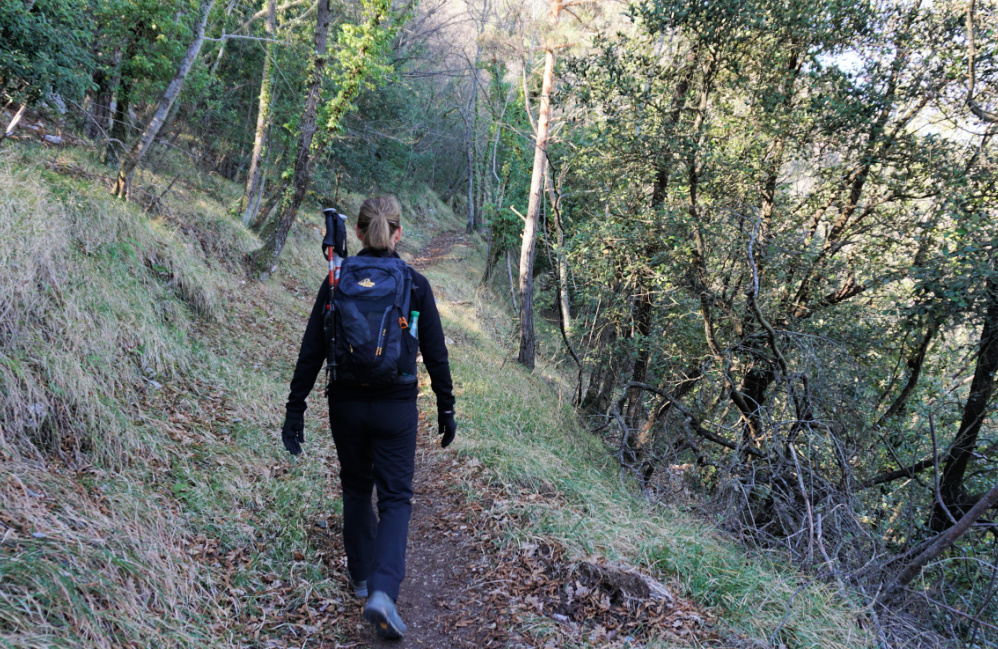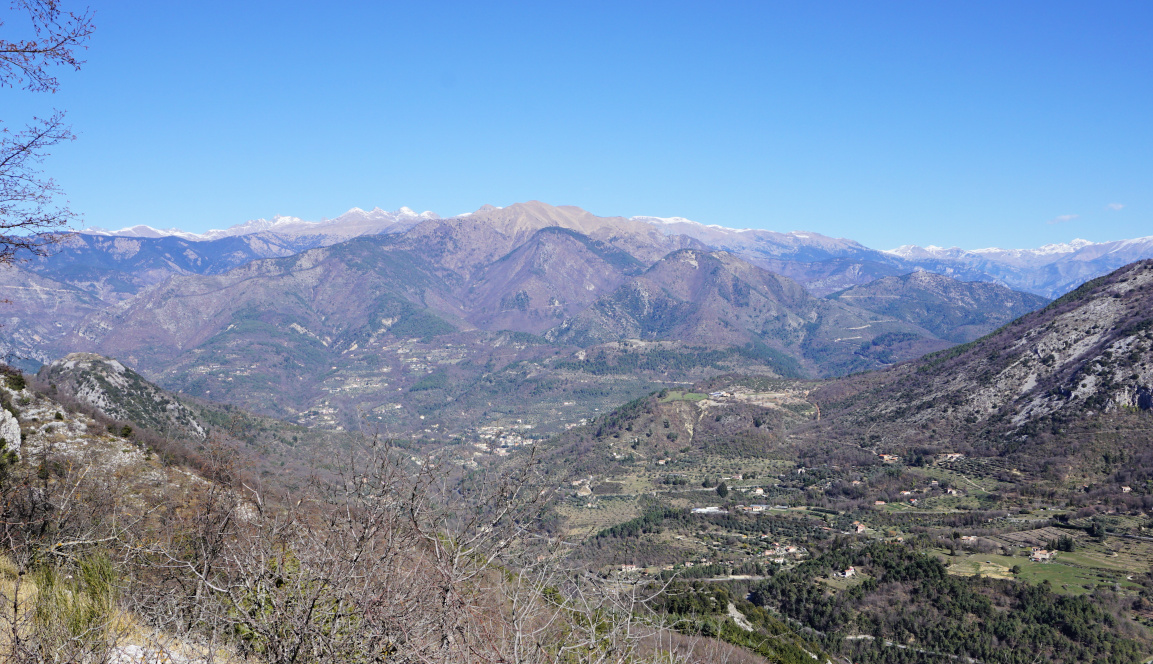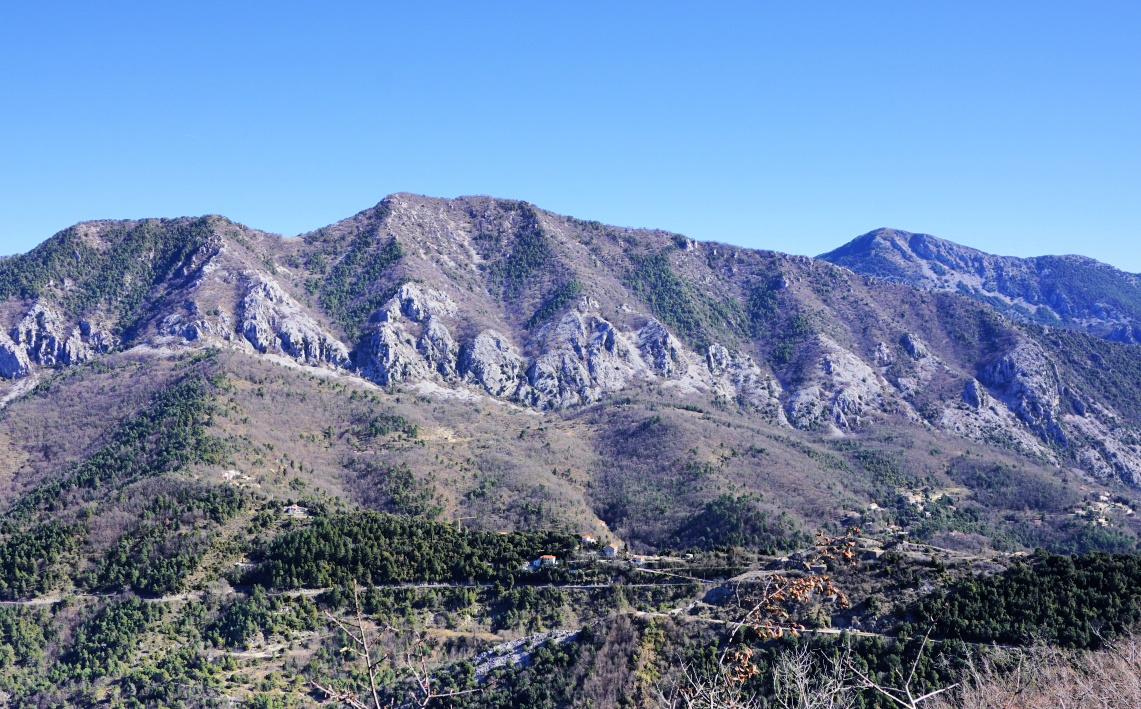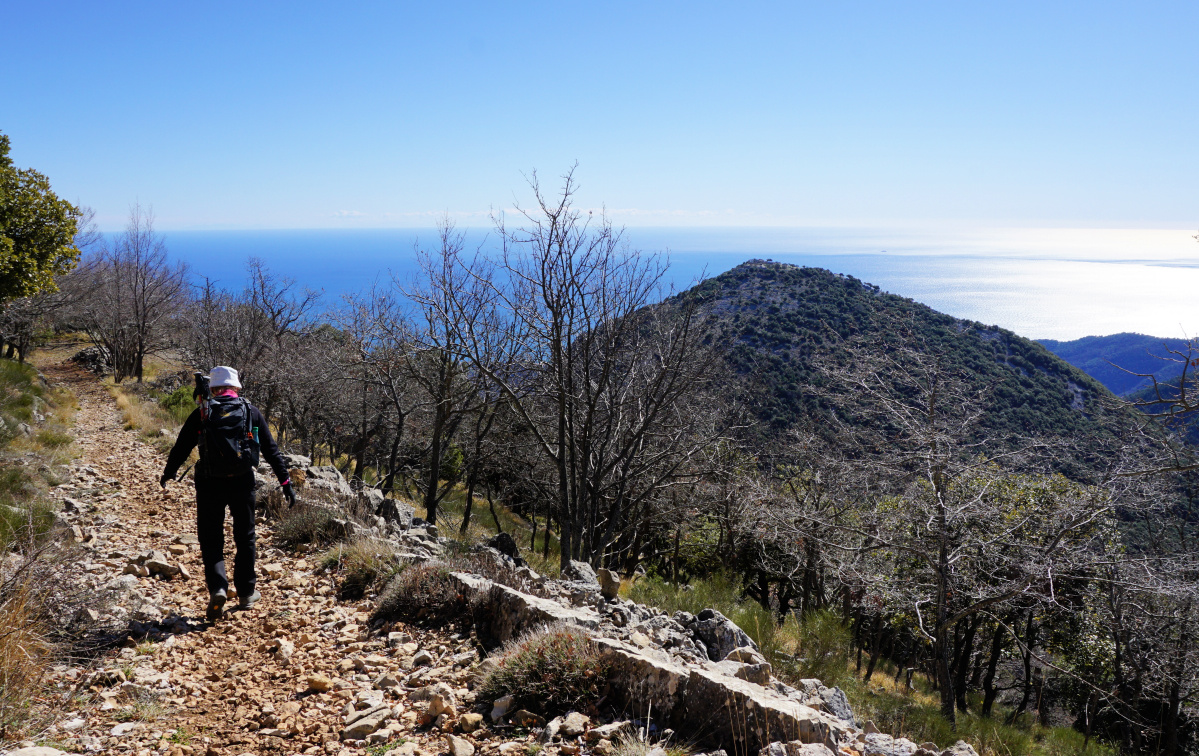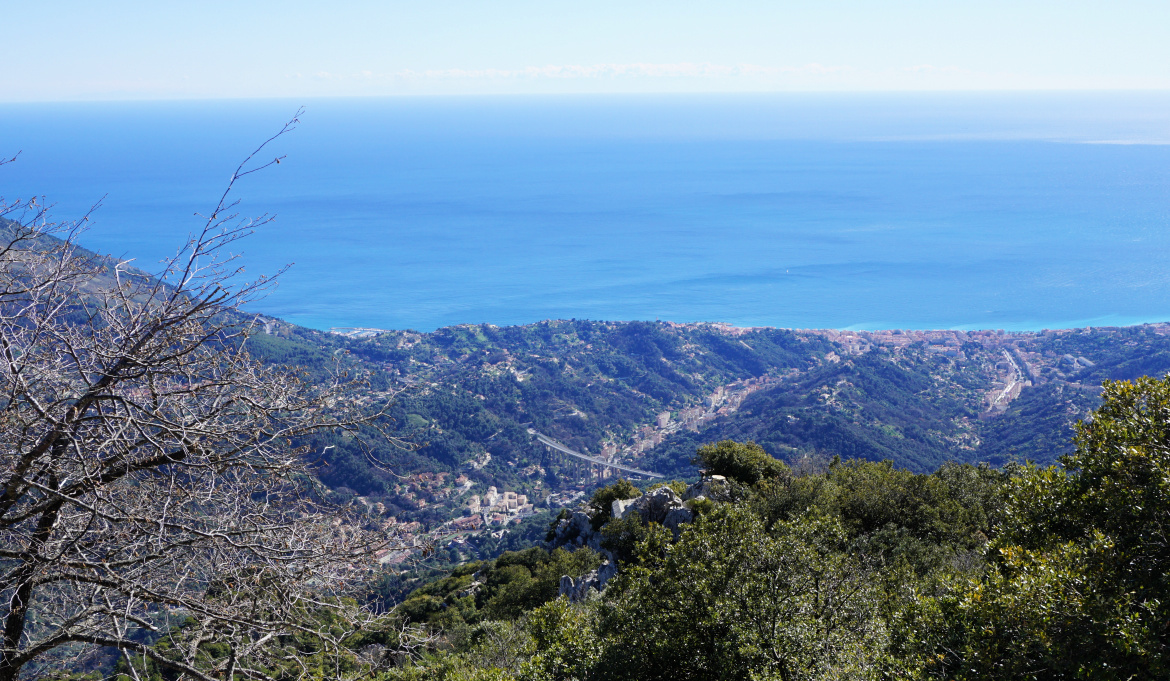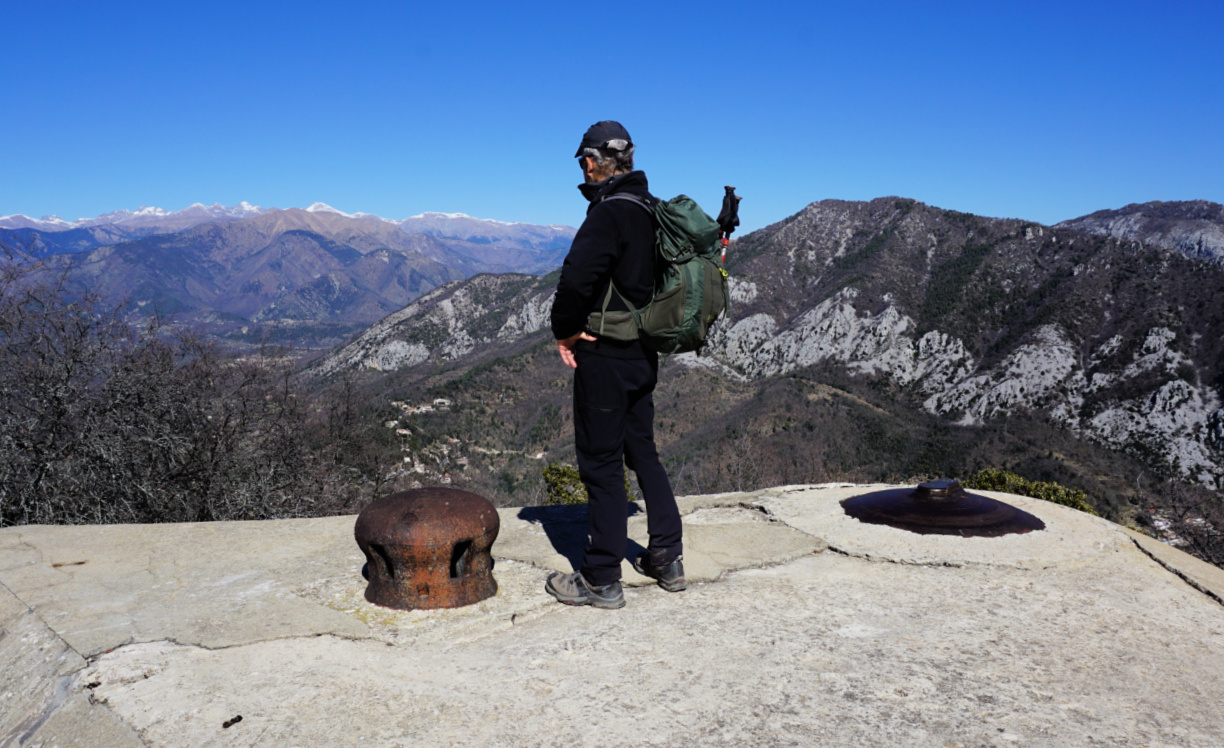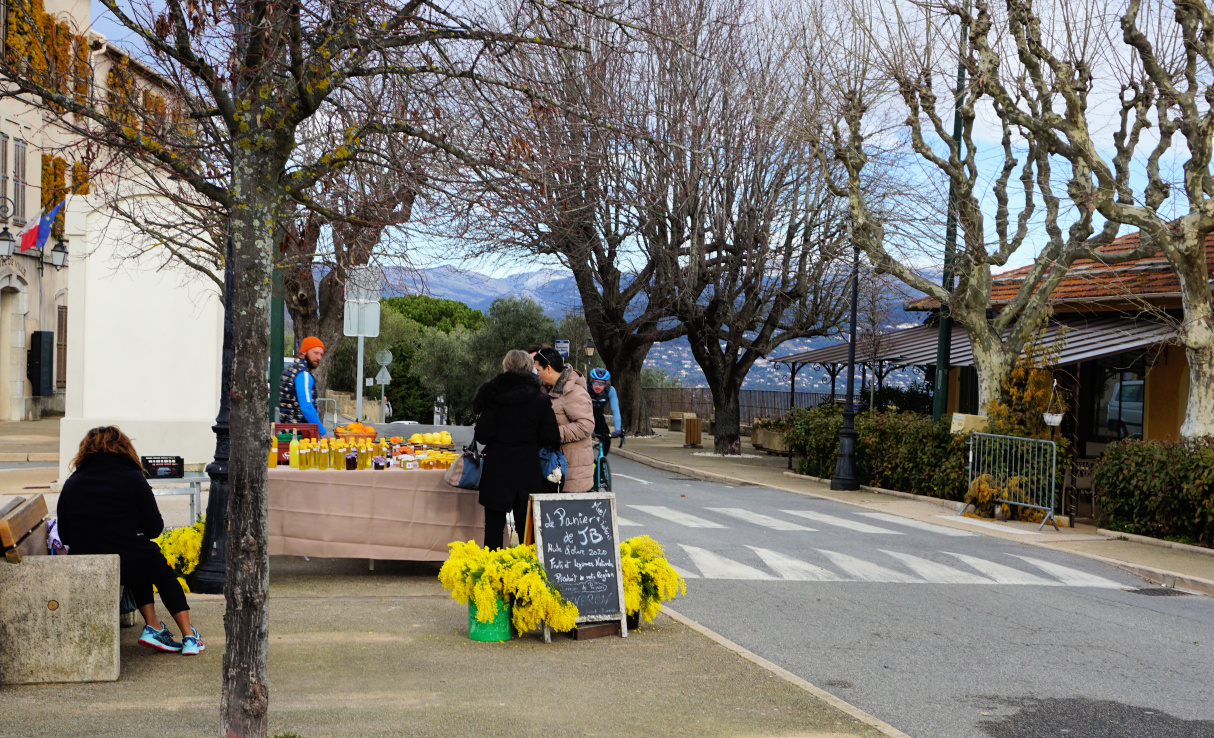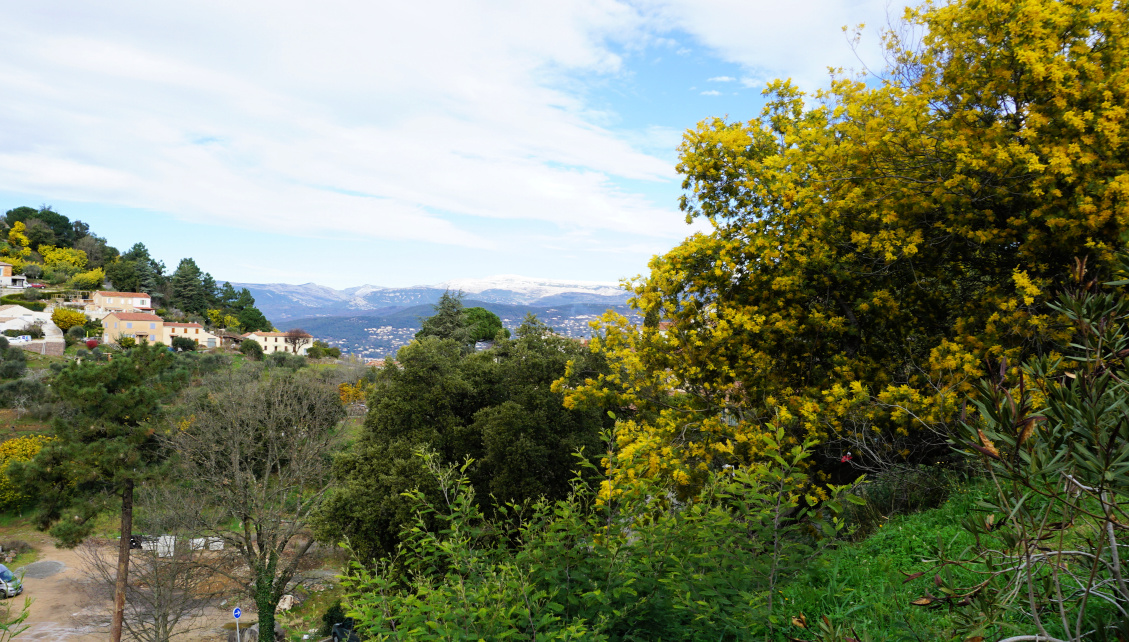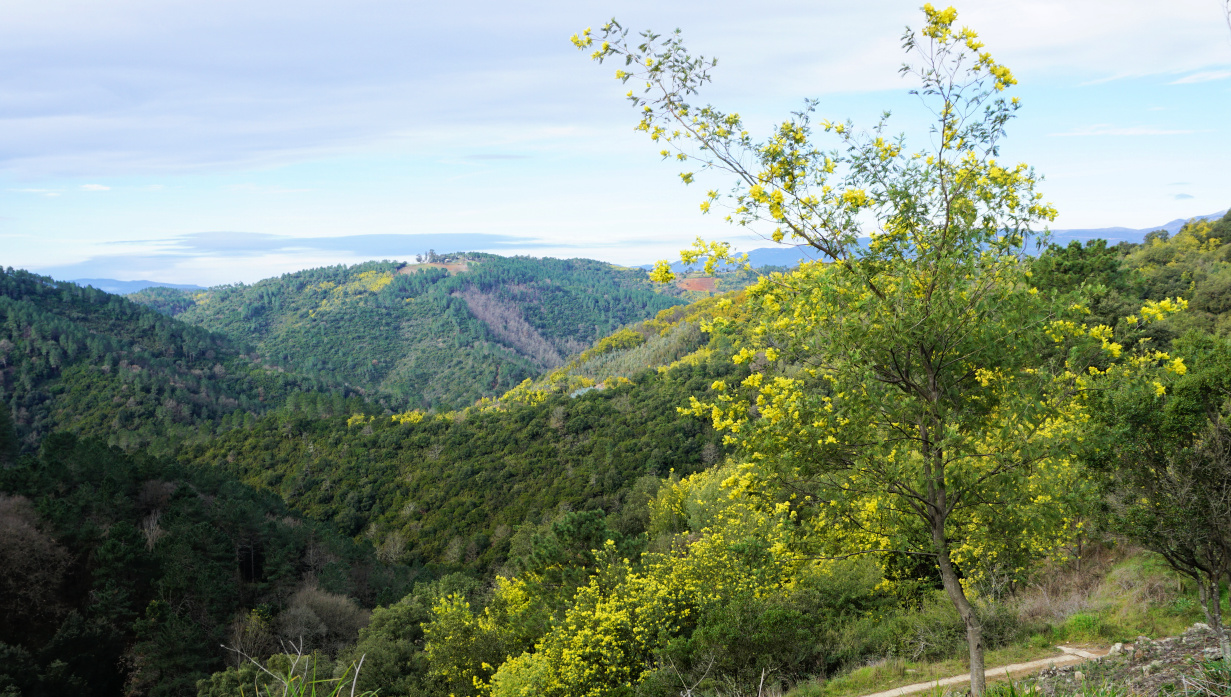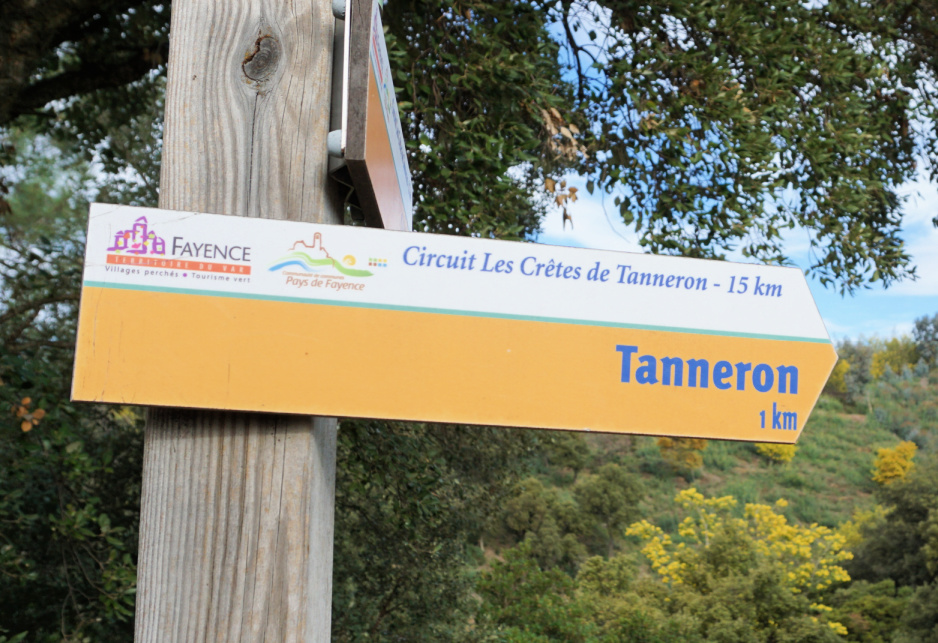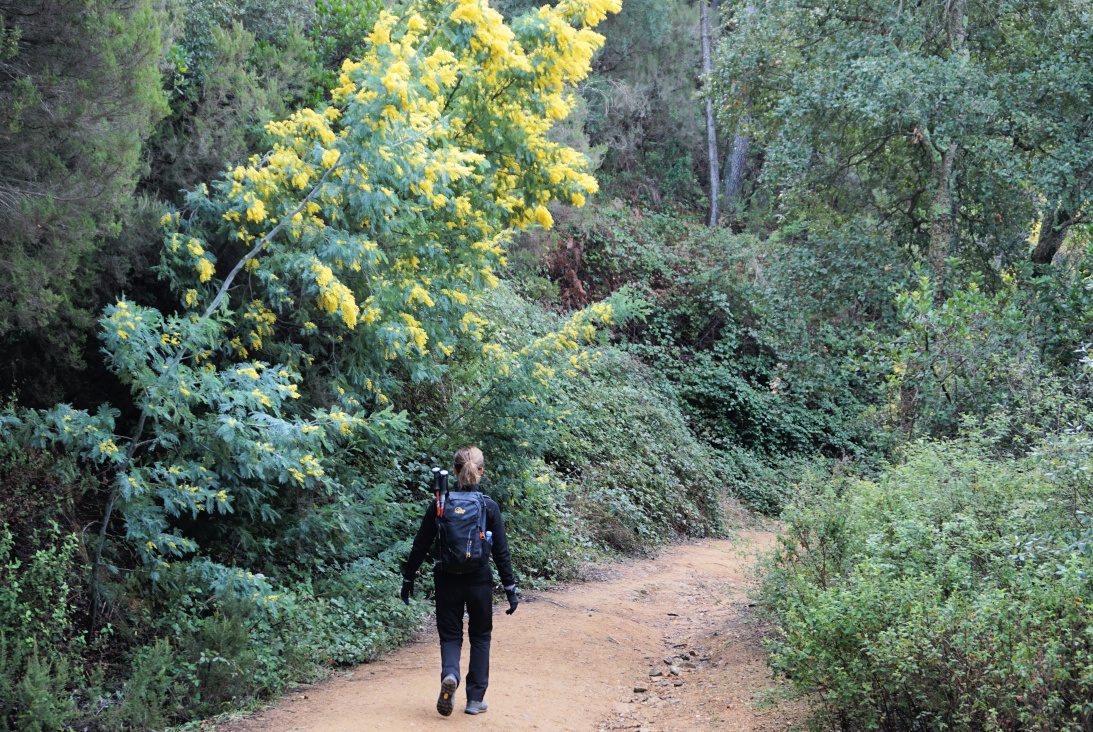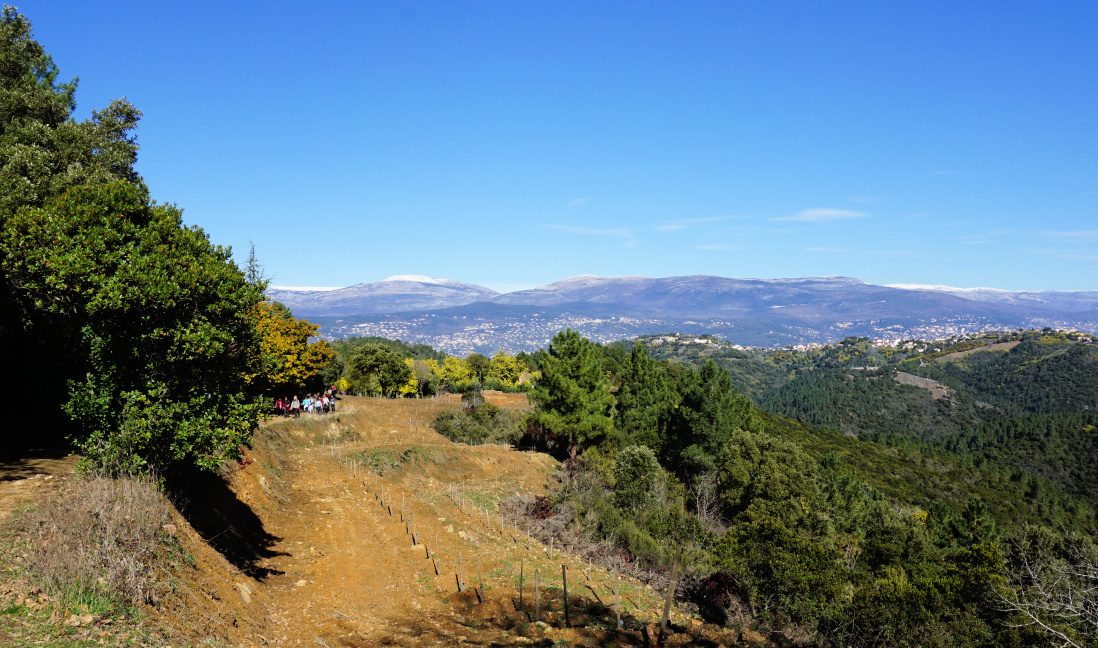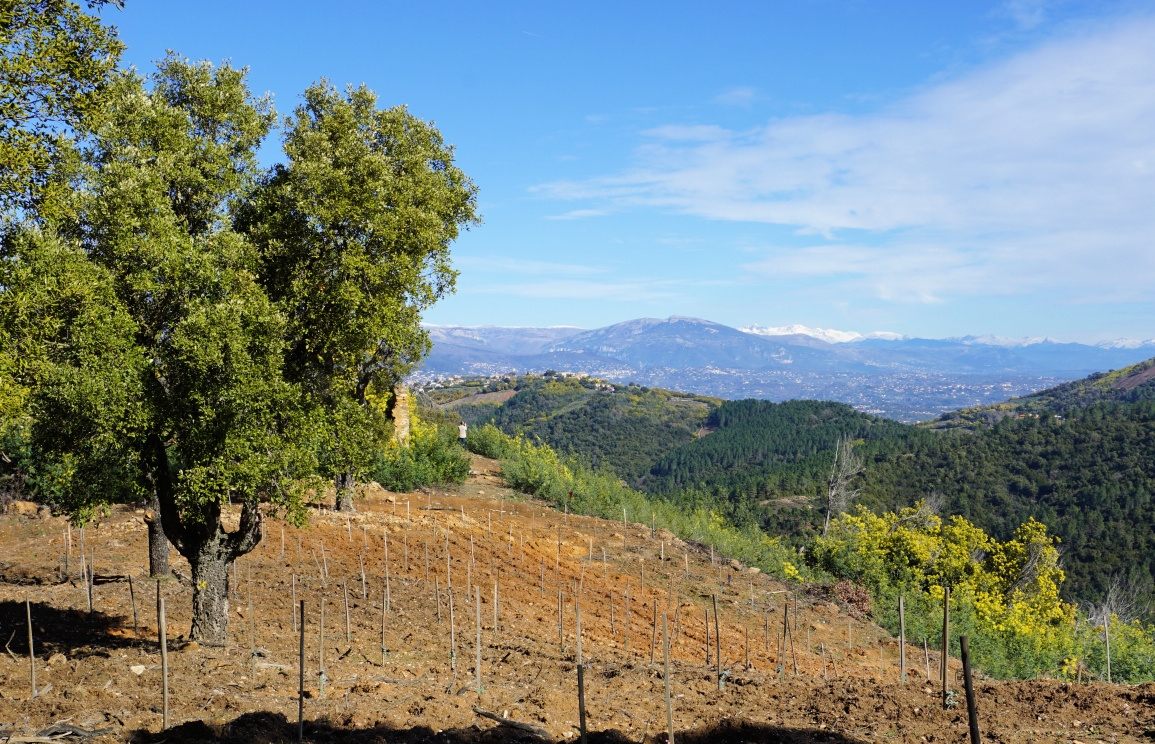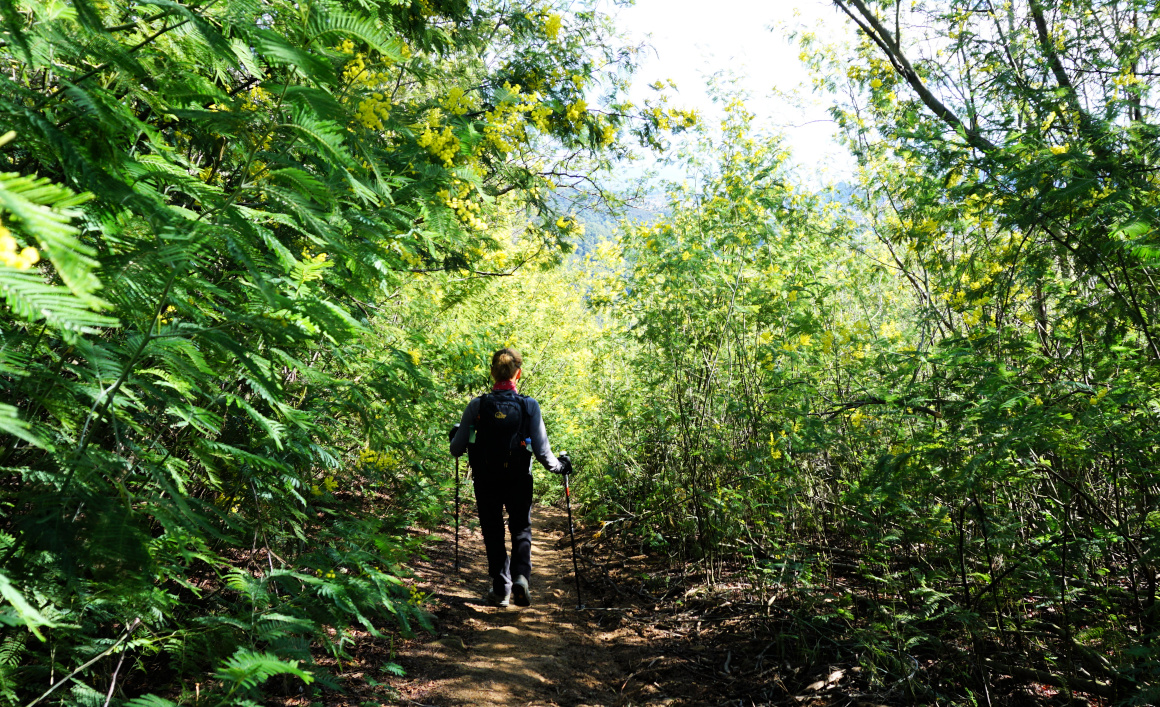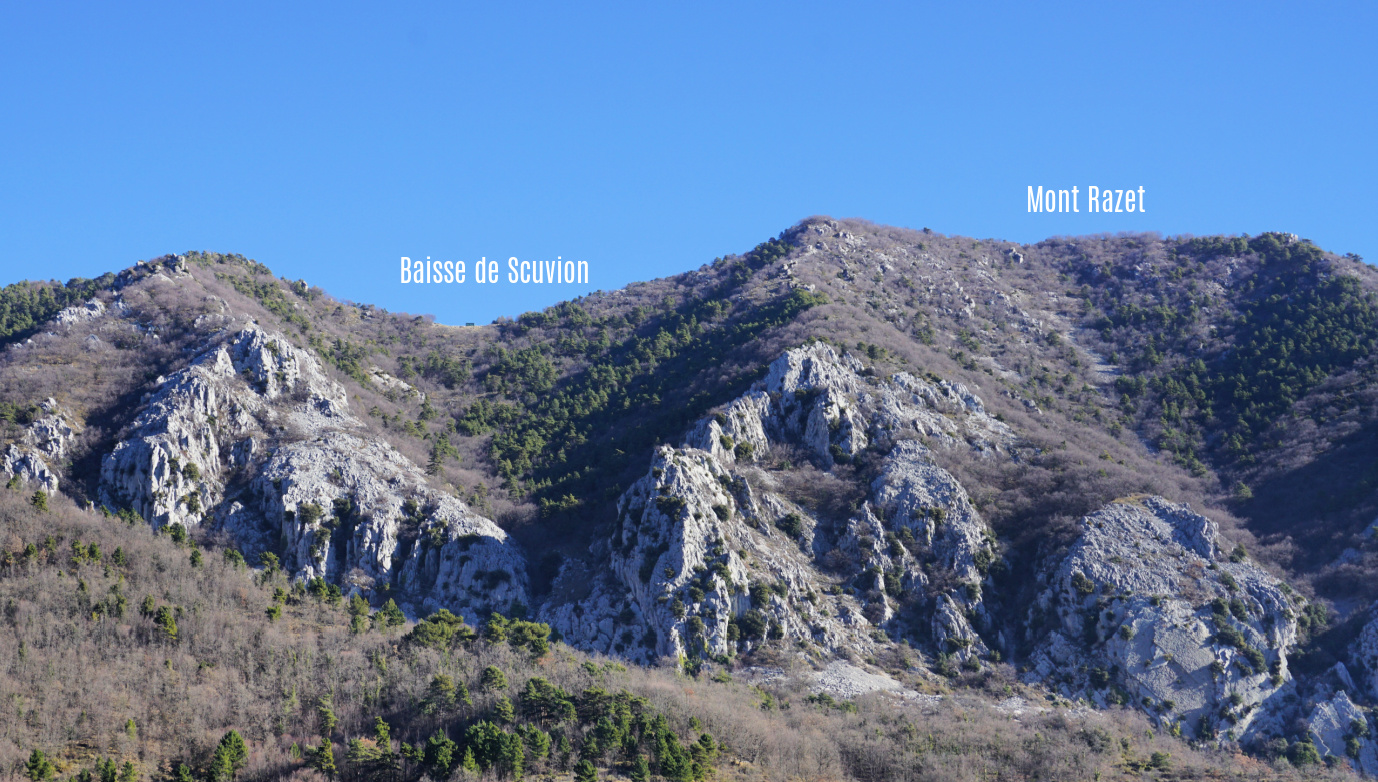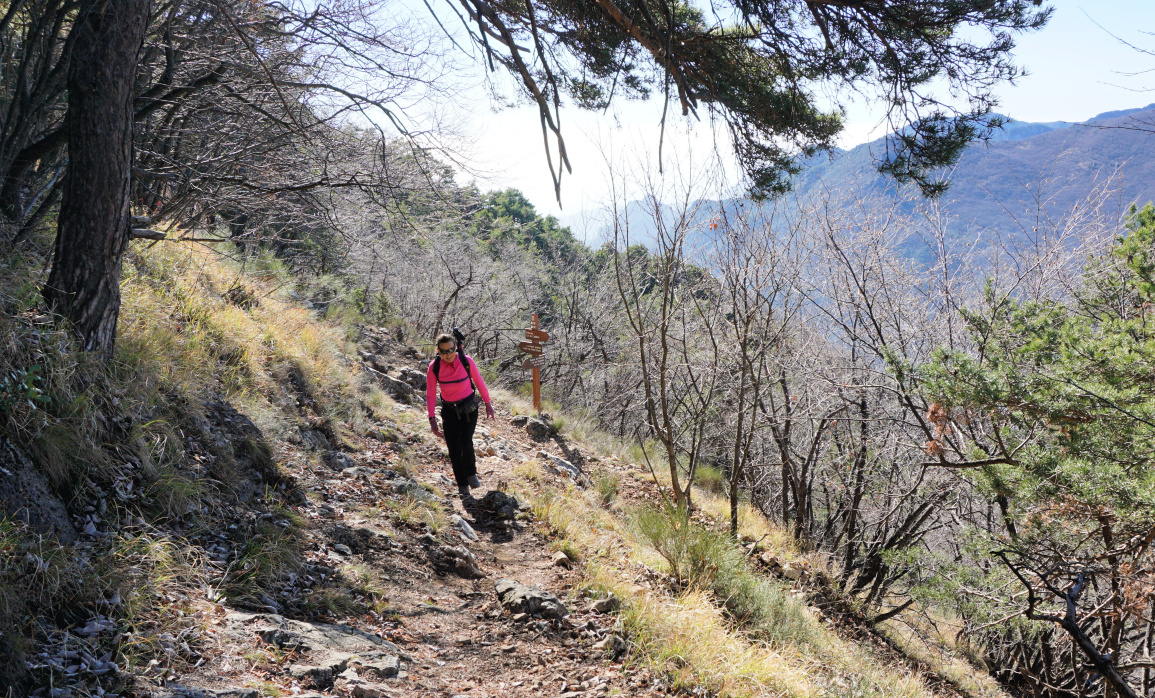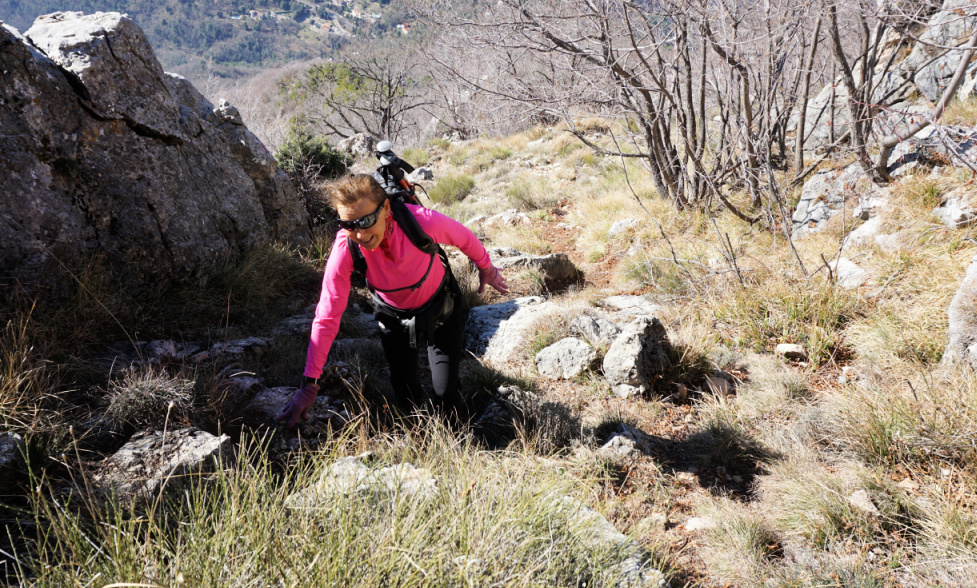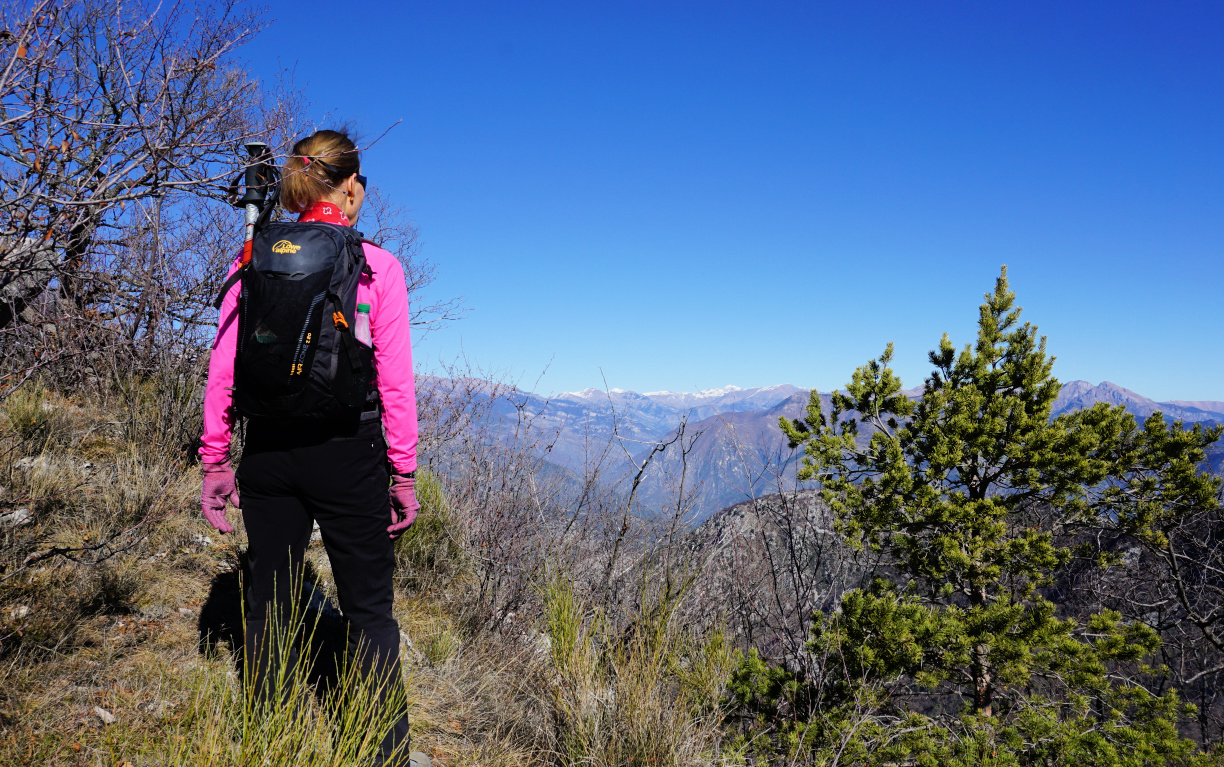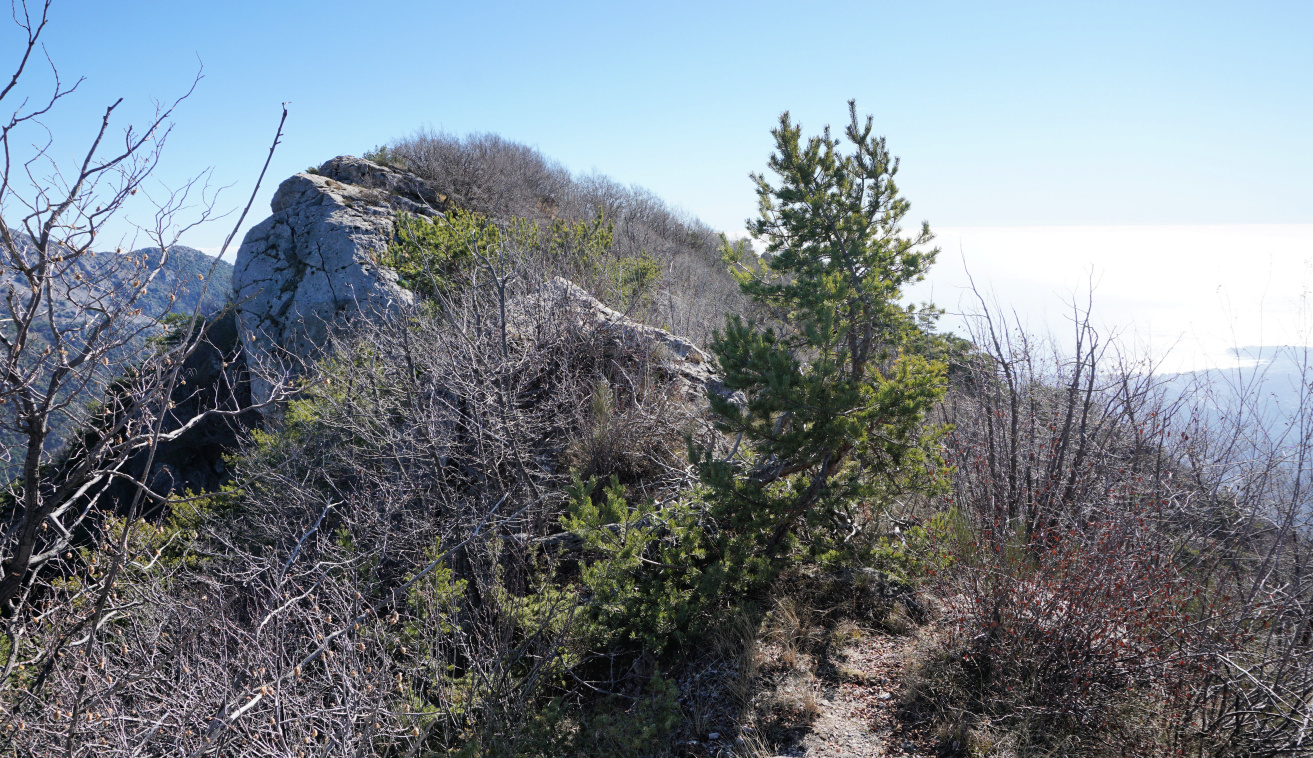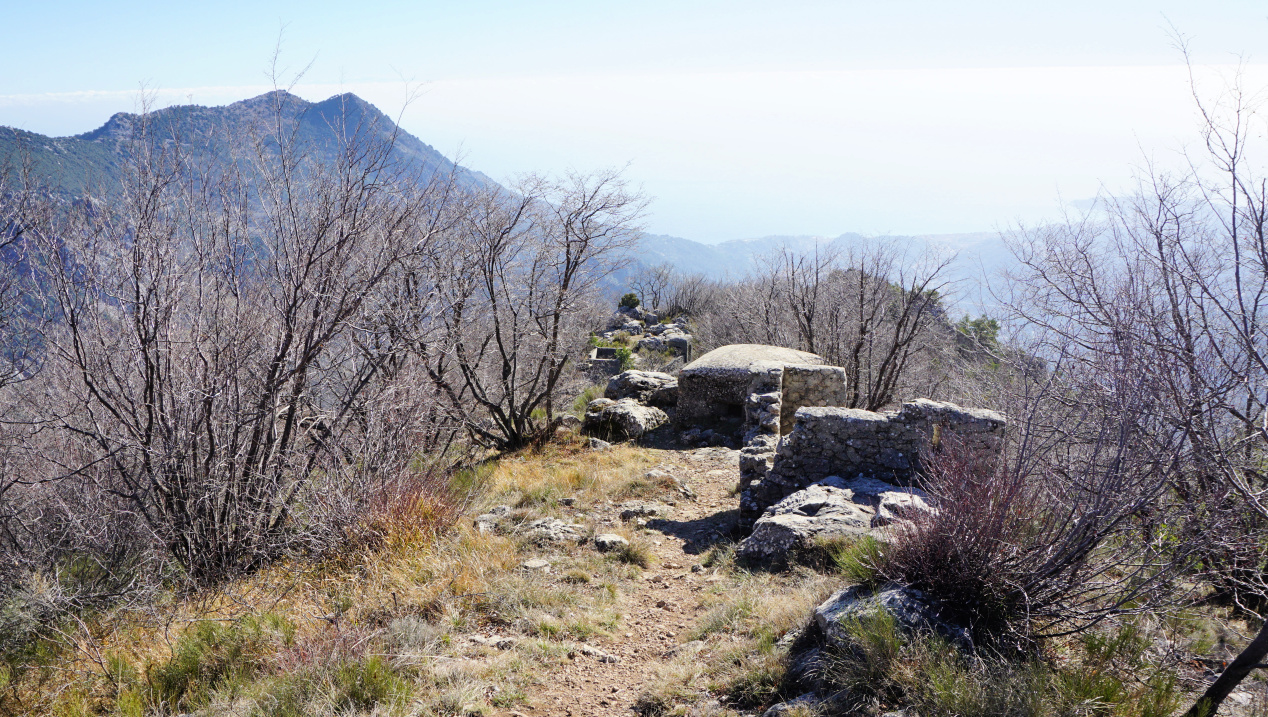This spring risotto recipe is my twist of a lunch we had one beautiful day in May on the terrace of a restaurant in Nice. The green asparagus and small purple artichokes, artichauts violets, are much appreciated local spring vegetables in the South of France.
2 servings
For the risotto:
120 ml carnaroli or arborio rice
Olive oil
150 ml white wine
1- 2 shallots, chopped
1 clove garlic, minced
About 700 ml chicken stock (you may not need it all)
About 2 handfuls of grated parmesan
For the vegetables:
4 small purple artichokes, artichauts violets
8 cherry tomatoes, halved
4 green asparagus
Juice of ½ lemon
8 black olives, pitted
About a handful of fresh basil leaves
Olive oil a pinch of salt
First prepare the vegetables and keep them refrigerated until needed.
Prepare a very green herb sauce by crushing the chopped basil leaves and a pinch of salt in a mortar with a pestle. Add olive oil into a nice sauce consistence, then cover and keep in the fridge.
Prepare the artichokes by cutting away the tops of the leaves and about 1 cm from the stems. Remove all the tough outer leaves. Bring a large saucepan of water to a boil and add the lemon juice. Cook the artichokes for 8 minutes. Remove from the saucepan, cut into quarters and remove the fuzzy centre with a teaspoon. Place the artichokes in a bowl, cover and keep refrigerated.
Peel the green asparagus and cut away the tough stems. Cut them into about 3- 4 cm long pieces and microwave for a few minutes until soft. Place them in the fridge.
Cook the risotto the classic way. Warm 2 tbsp. olive oil over medium heat in a heavy cocotte, such as Le Creuset, and sauté the shallot and garlic for 5- 10 minutes. add the rice and stir until well coated with the oil. Cook for 25 minutes adding the liquid, first the wine then the stock, ladle by ladle stirring continually. The rice should be al dente, cooked but firm to the bite. Remove the cocotte from the heat and stir in the parmesan.
Just before the risotto is ready, warm 1 tbsp. olive oil in a frying pan. Quickly sauté the cherry tomato halves and warm the artichokes, asparagus, and black olives for a few minutes.
Divide the risotto into bowls and place the vegetables on top. Surround the risotto with the green basil sauce.


